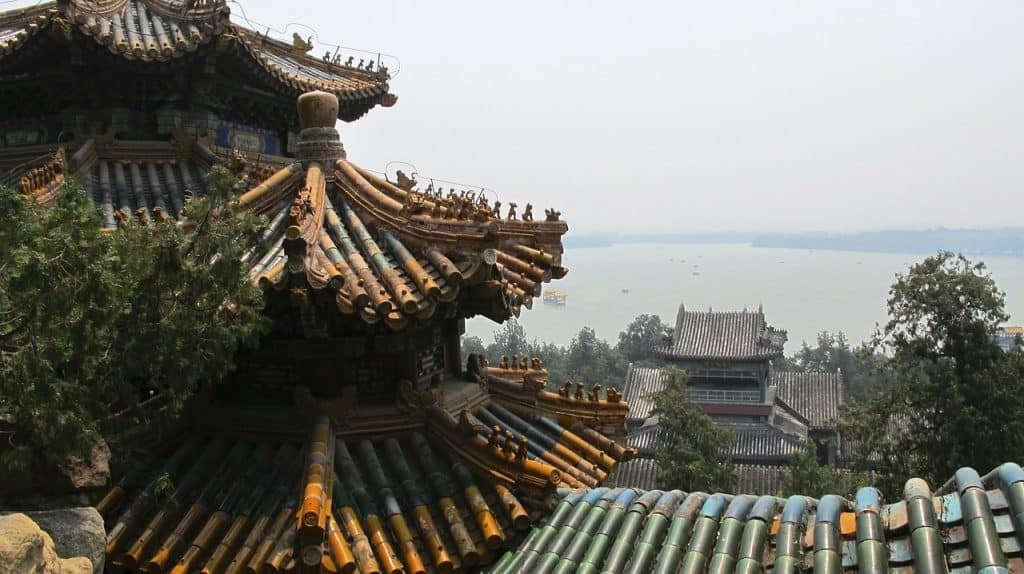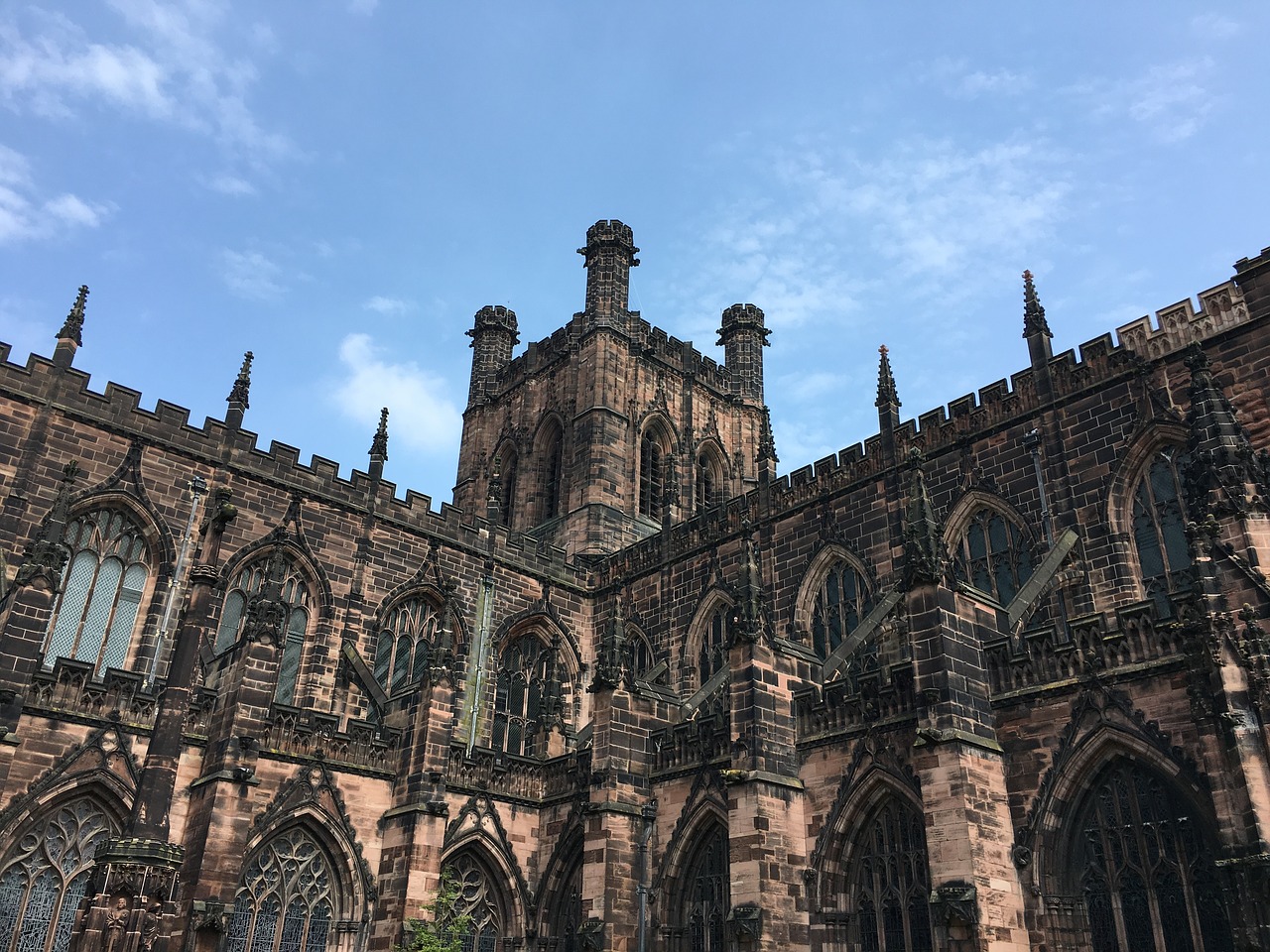The Summer Palace in northwest Beijing is said to be the best-preserved Empire Garden in the world. This is the largest park still in existence in China. It is only a short distance (15 km) from central Beijing but looks like another world.
Many people have found that they should spend at least half a day there as there is so much to see and enjoy. The landscape gardens, temples, and pavilions of the Summer Palace are designed to achieve harmony with nature, soothe and delight the eye. Hence the Chinese name ‘Nutritional Peace Park’. During the hot season in Beijing, the imperial family preferred the walled city to the beautiful gardens and airy pavilions of this summer palace. Emperor Dowager Sixie settled there for a while.
The palace was listed as a World Heritage Site in 1998. UNESCO reports that the Summer Palace is “one of the finest works of Chinese landscape gardening.” Plants and roads, water and land, architecture, and horticulture have been reconciled, depicting the vision and practice of Chinese gardening that has played a key role in the development of this cultural form throughout the East. It is a powerful symbol of one of the world’s major civilizations.
The summer palace complex naturally consists of several parts, each of which has a different look. Some are for administration, some for living, and some for leisure.
The park specializes in Lake Kunming, Long Corridor, Longevity Marble Hill, Boat, and Harmony Park. You can take a 10-minute boat ride here to visit an island temple. In the courthouse near the eastern palace, the gate is the palace buildings used by the Dowager emperor Siksi and Emperor Guangzhou to run government enterprises. It includes halls, courtyards, and a number of exhibitions.

There is also a garden complex built as a theater for Emperor Dowager. The three-story theater stage here is the largest and most preserved wooden stage in China. Its delicate design and stunning structure show great cultural and artistic value.
Famous Beijing opera actors from the Qing Dynasty came to perform for Emperor Dowager, and the stage was considered the “cradle of Beijing opera”. It displays a large number of valuable articles used by emperors and empires, as well as some gifts presented to the Qing court by foreign powers.
Lake Kunming, in the center of the park, covers about 75% of the park’s size. It is the main landscape feature of the Summer Palace, along with the Longevity Hill. The famous 17-hole bridge stretches between Nanhu (South Lake) Island and the East Bank. The bridge is 150 meters (490 feet) long and looks like a long rainbow frame above the blue water.
颐和园
北京西北部的颐和园据说是世界上保存最完好的帝国花园。这是中国现存最大的公园。它距离北京市中心只有很短的距离(15 公里),但看起来像另一个世界。
很多人发现他们应该在那里至少呆半天,因为那里有很多东西可以看和享受。颐和园的山水园林、寺庙、亭台楼阁,旨在与自然和谐相处,安神悦目。因此,中文名称为“营养和平公园”。在北京炎热的季节,与这座颐和园的美丽花园和通风亭相比,皇室更喜欢城墙。西协皇太后在那里定居了一段时间。
这座宫殿于 1998 年被列为世界遗产。联合国教科文组织报告称,颐和园是“中国园林最好的作品之一”。植物和道路、水和土地、建筑和园艺被调和,描绘了中国园艺的愿景和实践,在整个东方这种文化形式的发展中发挥了关键作用。它是世界主要文明之一的有力象征。
颐和园建筑群自然由几个部分组成,每个部分都有不同的面貌。有的用于行政,有的用于生活,有的用于休闲。
公园以昆明湖、长廊、万寿山、游船、和谐公园为特色。您可以在这里乘船 10 分钟,参观岛上的寺庙。东宫附近的朝廷,大门是锡克西皇太子和广州皇帝经营政府企业时使用的宫殿建筑。它包括大厅、庭院和一些展览。
还有一个花园建筑群,是为皇太子建造的剧院。 这里的三层剧场舞台是中国最大、保存最完好的木制舞台。 其精致的设计和令人惊叹的结构显示出巨大的文化和艺术价值。
清代著名京剧演员专程为皇太后演出,舞台被誉为“京剧的摇篮”。 陈列了大量帝王和帝国使用的贵重物品,以及一些列强赠送给清廷的礼物。
位于公园中心的昆明湖约占公园面积的75%。 与万寿山齐名,是颐和园的主要景观特色。 著名的十七孔桥横跨南湖(南湖)岛和东岸。 这座桥长 150 米(490 英尺),看起来像蓝色水面上的彩虹长框。
















